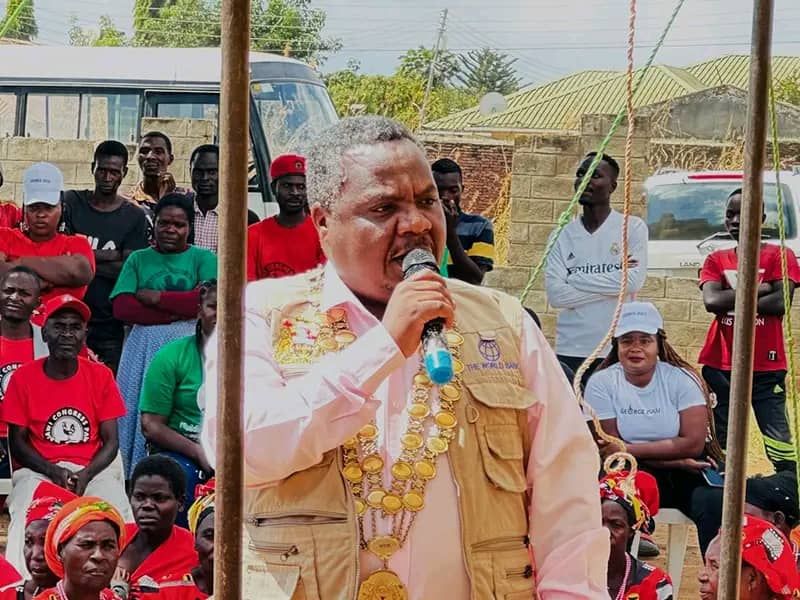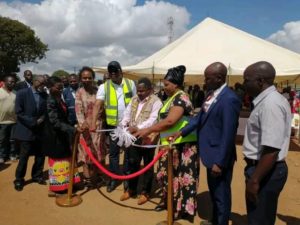By Burnett Munthali
Lilongwe City Council has today officially handed over a 4.7 billion road and bridge construction project to contactors Projex Group and Master JV.
The construction works will establish a link from Lingadzi Bridge along Cherub (Area 47) to Presidential Way (Area 18).
During the handover, Lilongwe City Mayor Richard Banda said the project will address long-standing transportation challenges, particularly in Area 49.

“Once constructed the road and bridge will ease congestion woes especially among residents of area 49,” he said.
Lilongwe City West legislator George Zulu (Malawi Congress Party), hailed the council’s efforts, recognising the project’s potential to decongest major roads like Kaunda Road.
The 1.5-kilometre construction project is set to conclude within a year.
The bridges take a special role, due to its function to connect two different points, crossing valleys, rivers, lakes and cliffs. Bridges are needed on land transportation infrastructure because they connect different points that usually can be inaccessible.
Malawi is one of the landlocked countries within sub-Saharan Africa which faces serious challenges in managing her transport logistics. The provision of predictable, reliable and cost effective transport logistics is constrained due to deficiencies in road and rail infrastructure, inefficient port and transit border operations that contribute to very high transport cost.
A study was undertaken to analyse the challenges facing the transport logistics industry in Malawi. Data was solicited from a structured questionnaire that was circulated to purposely selected members from the population of the business community with expertise in transport logistics. Results from the study also supported by literature indicated that high transport cost, deficiencies in road and rail infrastructure, inefficient port and transit border delays pose serious challenges to transport logistics.
It is well established that urban transport plays an important role in making cities livable and sustainable. Further, fast growth in urbanization and industrialization demands the use of more vehicles which leads to an imbalance between infrastructure availability and mobility demand.
Historically, planners and decision-makers have proposed and practiced divergent approaches and policies for dealing with congestion. However, it is realized that traditionally it has been easier to advocate the novel approaches in the planning of new cities and also in cities that follow stricter regulations and are less dense.
Nonetheless, it is experienced that much of the urbanization is happening in the existing cities, and in most of the developing countries the existing cities are characterized by narrow roads that are incapable of accommodating the growing traffic and have inadequate provision for parking, loading, and unloading facilities. This is further aggravated by the changing land use of the existing and mainly the old city areas. Eventually, this results in delays, deteriorating health of the city inhabitants, and fatalities due to road accidents.
In developing countries, multimodal traffic further worsens the situation. Many cities have implemented diverse strategies like introducing bus rapid transit systems, metro rail lines, constructing ring roads, and flyovers, but, still have failed to combat the growing menace of traffic congestion.
New Delhi the capital city of India despite having one of the highest density of roads in the world and having a state-of-the-art metro transport network has failed to tackle daily congestion problems. With this background, Malawi government must attempt to identify the major issues and challenges on a typical arterial road that leads to congestion.



